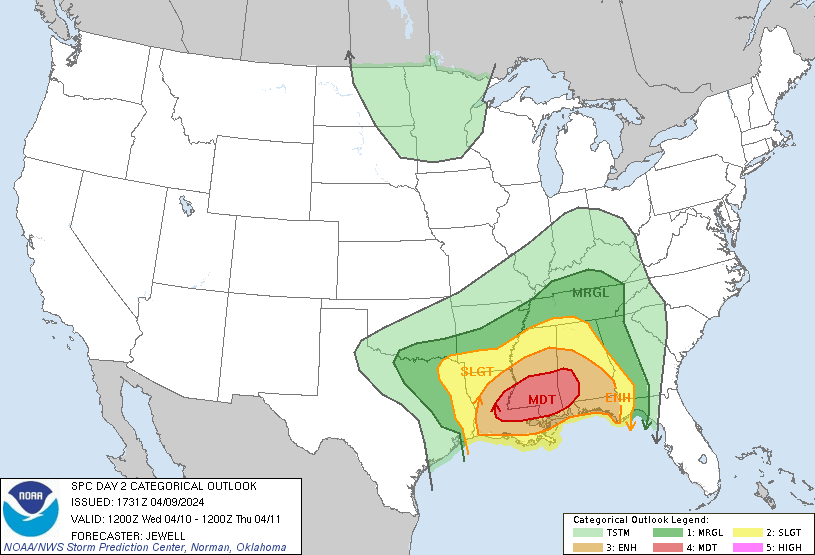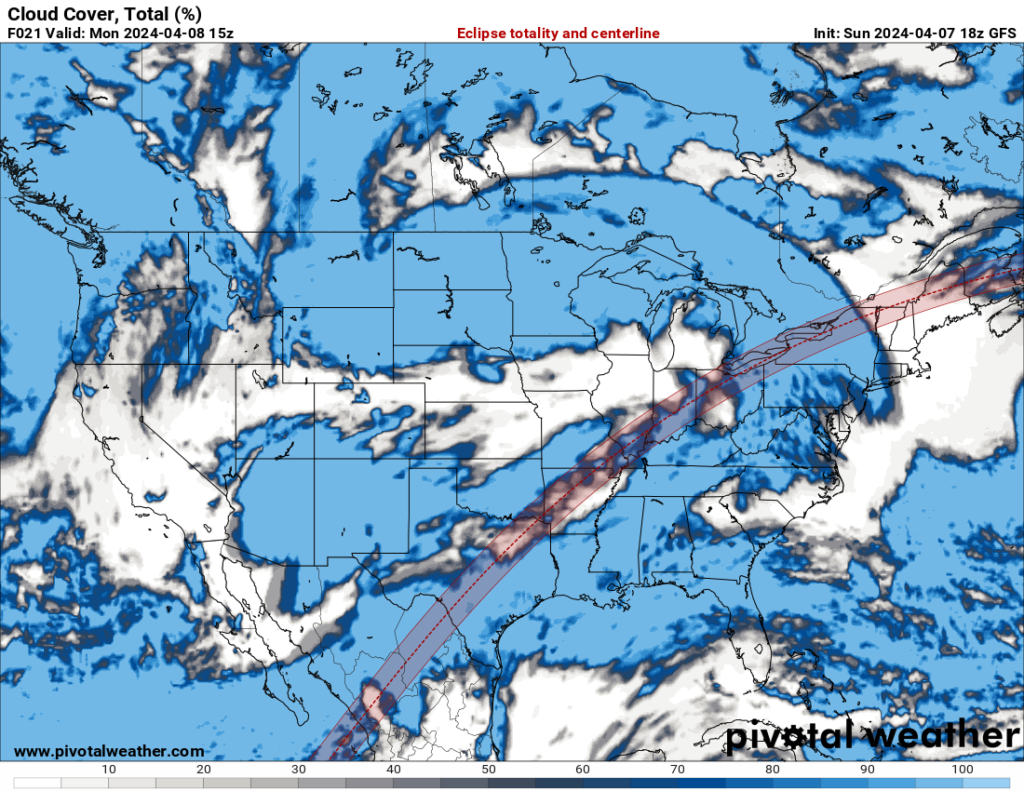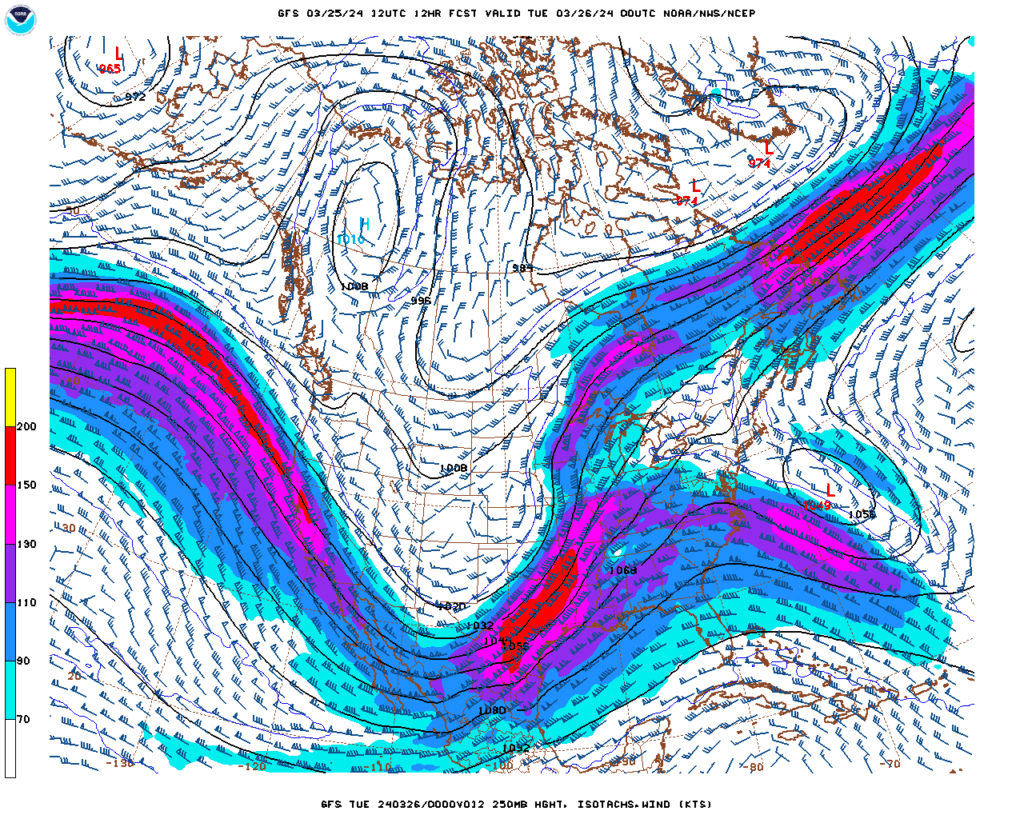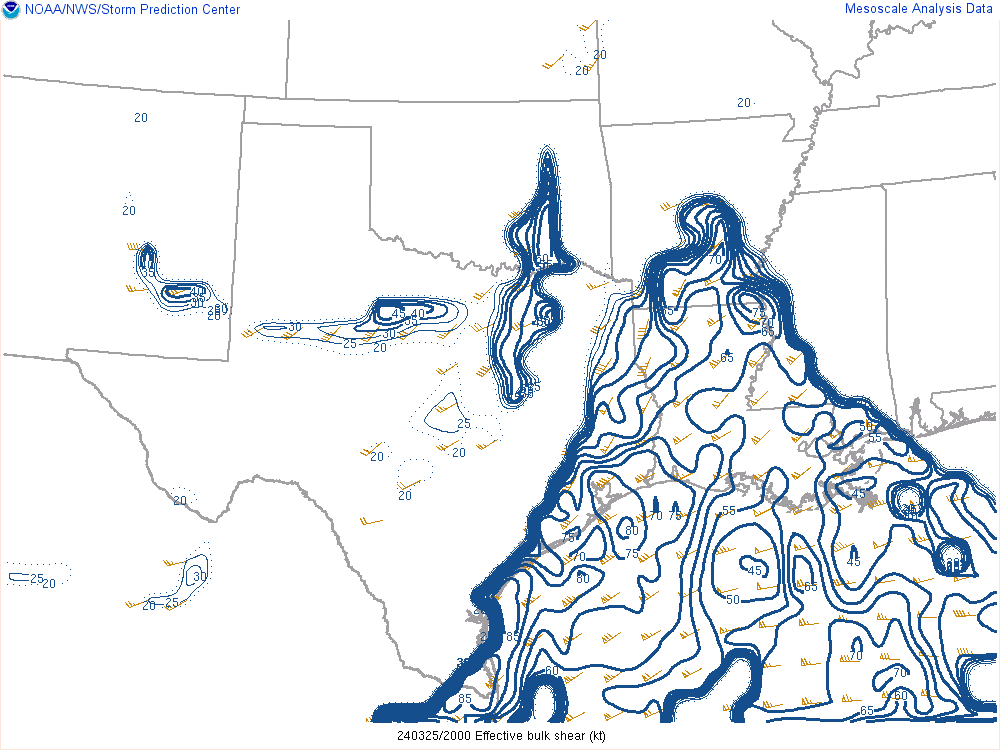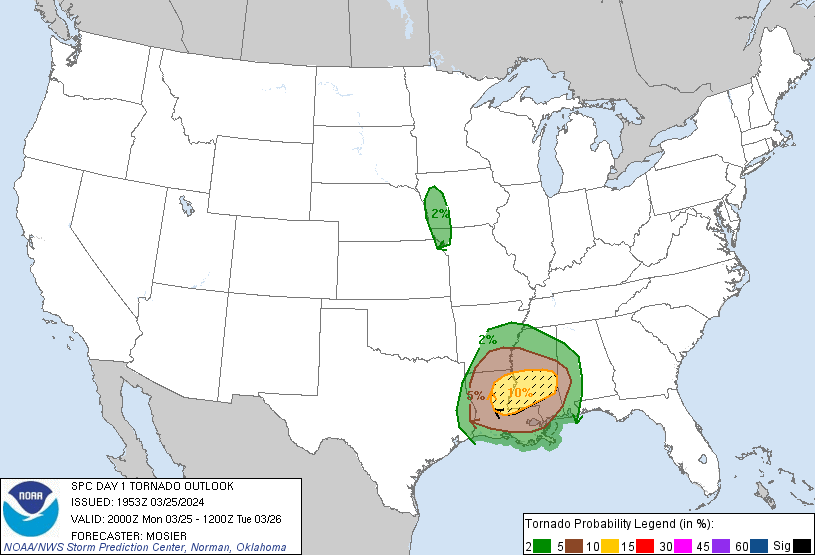Finally, the Western US was inundated with a drought quenching rain throughout the winter and into the spring. It was a profound relief for a part of the world that had a drought for so long, and endured a threat for fires every summer for years, and a relief for cynical newscasters who didn’t want viewers to think they were watching reruns every year.
And yet here we are again, buffeted by wild fire stories. Granted, they aren’t as widespread, either the fires or the stories, but they are cropping up again. The stories aren’t as prevalent because the threat to life and property hasn’t been as immediate, and the fires aren’t quite as encompassing because the environment is a bit less dry than it’s been in years.
But even in the best years, fires are always possible out west. Just because the winter was wet doesn’t mean that holds for the summer. There is ground water, but it’s always dry in the summer out west. One thing that compounds the threat is that it’s also extremely warm. The heat helps to dry things out and create more fuel to the fires.
Additionally, we are in the midst of the monsoon season in the intermountain west. While we associate the word monsoon with the inundating rains of south Asia, in the western US, it means widespread thunderstorms, but those storms may not necessarily come with rain. Lightning with these storms has historically been the natural cause of wildfires, and it is in full force again this summer.
The dog days are here. and even though some relief is coming for the coast, the Rockies will stay hot, dry and favorable for thunderstorms and wildfires.




